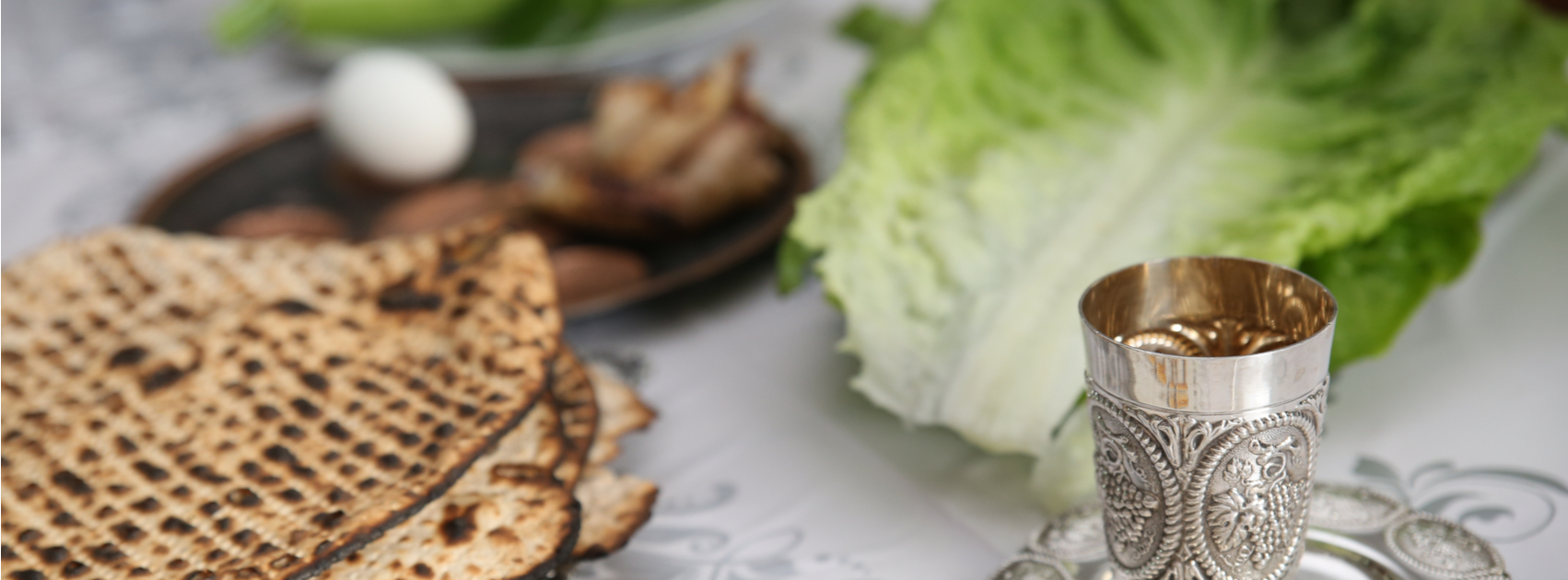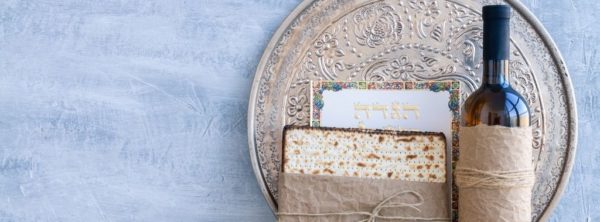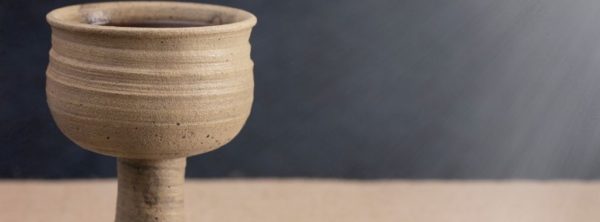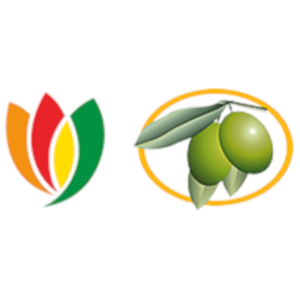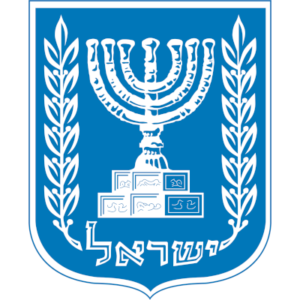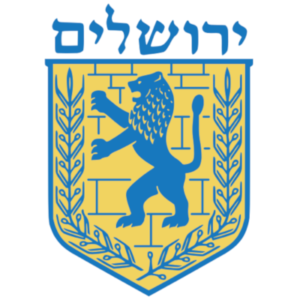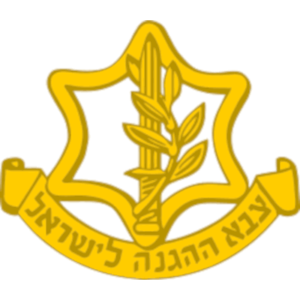People around the world celebrate the holiday of Passover each spring on the 15th of Nisan (Jewish calendar). This year Passover begins at sundown on March 30th and continues through until sundown on April 7th. It is a significant feast in Jewish tradition. Passover is not only celebrated by the Jewish people, but also by many Christians as they learn more about the roots of their faith and remember how God delivered their spiritual forefathers from slavery in Egypt.
Have you ever wondered how the Israel Defense Forces (IDF) celebrate Passover?
-
Does the IDF stay on base or leave during Passover?
Military men and women are not always able to take time off to visit family during the Jewish feasts. They work diligently and keep a watchful eye out for potential attacks that might threaten the security of their nation during these times. Some soldiers, however, are able to leave the base for a short time and spend the Passover Seder meal with family and friends.
History has shown that Israel must be on high alert during feasts and celebrations. Enemies have attacked during holy times to deflate the spirit of the Hebrew nation. For example, the attack by Egypt and Syria in 1973 took place on the most holy day of the year—Yom Kippur. However, the Jews to this day continue to strengthen as a community that emerges from trials into triumph—determined to become even more driven to defend themselves.
-
Who prepares the Seder meal for the IDF troops?
IDF commanders and hundreds of soldiers help prepare the Passover meal. In addition to meal preparations, security preparations are also made, as historically the IDF closes crossing points between Israel and both the West Bank and the Gaza Strip.
-
Is every IDF soldier able to partake in the Passover Seder?
Every service man and woman will experience celebrating the Seder meal, even those in the field. Meals are directly delivered to those in the field, while those on base attend a Seder in the main dining halls where a military Rabbinate conducts this service.
It is a busy time of year for the IDF chiefs as they prepare ahead of time to reserve kosher food, supervise the distribution, and reinforce security.
Would you like to know how YOU can conduct your own Passover Seder meal?
The Passover season is one of the most important times for Jews and Christians alike. It’s not just a Jewish holiday. At My Olive Tree, we encourage you to host a Seder in your own home with friends and family. There is great symbolism in the meal as it reflects the roots of the faith, points to the hope we have in our Messiah, and to a great hope for our future.
Here is what you will need to create your own Seder meal:
- Matzah— You will need three pieces of Matzah. Traditionally, the unleavened bread is the first food at the meal. The bread would have been made hurriedly, allowing the Hebrew children to escape quickly. Leaven in bread allows dough to rise and puff up. The removal of leaven, as in the Matzah represents the removal of personal pride in our souls.
- Maror— You will need one teaspoon per person. Horseradish, or Maror, is a spicy root, referred to as the “bitter herb” that when eaten brings tears to the eyes. This act refers to the bitterness the ancient Hebrews experience while living in Egypt. Modern-day Believers can use this time to reflect on any bitter root that enslaves them.
- Charoset— You will need enough for a heaping tablespoon per person. Charoset is a recipe of a sweet and chunky applesauce filled with apples, nuts, wine and cinnamon. It opposes the Maror. Its pasty consistency signifies the mortar placed between the bricks created by the Hebrews while enslaved in Egypt. The sweetness reflects the goodness of God who is faithful to remove the bitter roots from our lives.
- Karpas— You will need enough for everyone to have a sprig. Karpas is the traditional green vegetable used but is typically replaced with Parsley at the contemporary table. A small vile of salt water sits nearby and the parsley/karpas is dipped into it several times throughout the meal. Dipping food was considered a luxury in ancient times. This act symbolizes new life as we walk out of slavery, into the Promised Land.
- Salt water— You will need enough for dipping the parsley. Although the salt water symbolizes the sweat and tears experienced during slavery in Egypt, it also stands for purification and healing.
- Grape Juice or Wine— You will need enough for each person to have four sips. You will also need four small cups or glasses of wine per person. Traditionally these represent the four promises of God.
- “I will bring you out…”
- “I will rescue you…”
- “I will redeem you…”
- “I will take you as My people…”
- It is also traditional and symbolic to have a roasted lamb shank bone and a boiled egg on the table.
- Roasted lamb shank bone: The shank bone, or zeroah in Hebrew, is one of the most recognized symbols of the Passover. The bone commemorates the lamb sacrifice made the evening the ancient Hebrews fled from Egypt. Zeroah, meaning “arm,” refers to the outstretched arm of the Lord used to bring the Jewish people out of slavery.
The lamb also symbolizes Yeshua the Messiah being the Passover sacrifice: “Therefore purge out the old leaven, that you may be a new lump, since you truly are unleavened. For indeed Christ, our Passover, was sacrificed for us” (1 Corinthians 5:7).
-
- Roasted egg: The roasted egg, or the baytsah in Hebrew, represents the traditional pre-Passover offerings that were brought to the Second Temple. Many believe that the egg also represents God’s people who remained unscathed in the heat of the fire.
It is not uncommon to hear Israel mentioned in the current events. This small country has a mighty presence in the Middle East, and the United States understands the value of standing beside this influential nation.
My Olive Tree cares deeply for the Jewish people and their land. We want to share their rich history and heroic stories with you.
My Olive Tree has a number of projects that help support the nation of Israel. Contact us to find out about our special relationship with Israel, the IDF, and the City of Jerusalem. Or explore why we plant trees in the desert and what makes our olive groves so unique.
